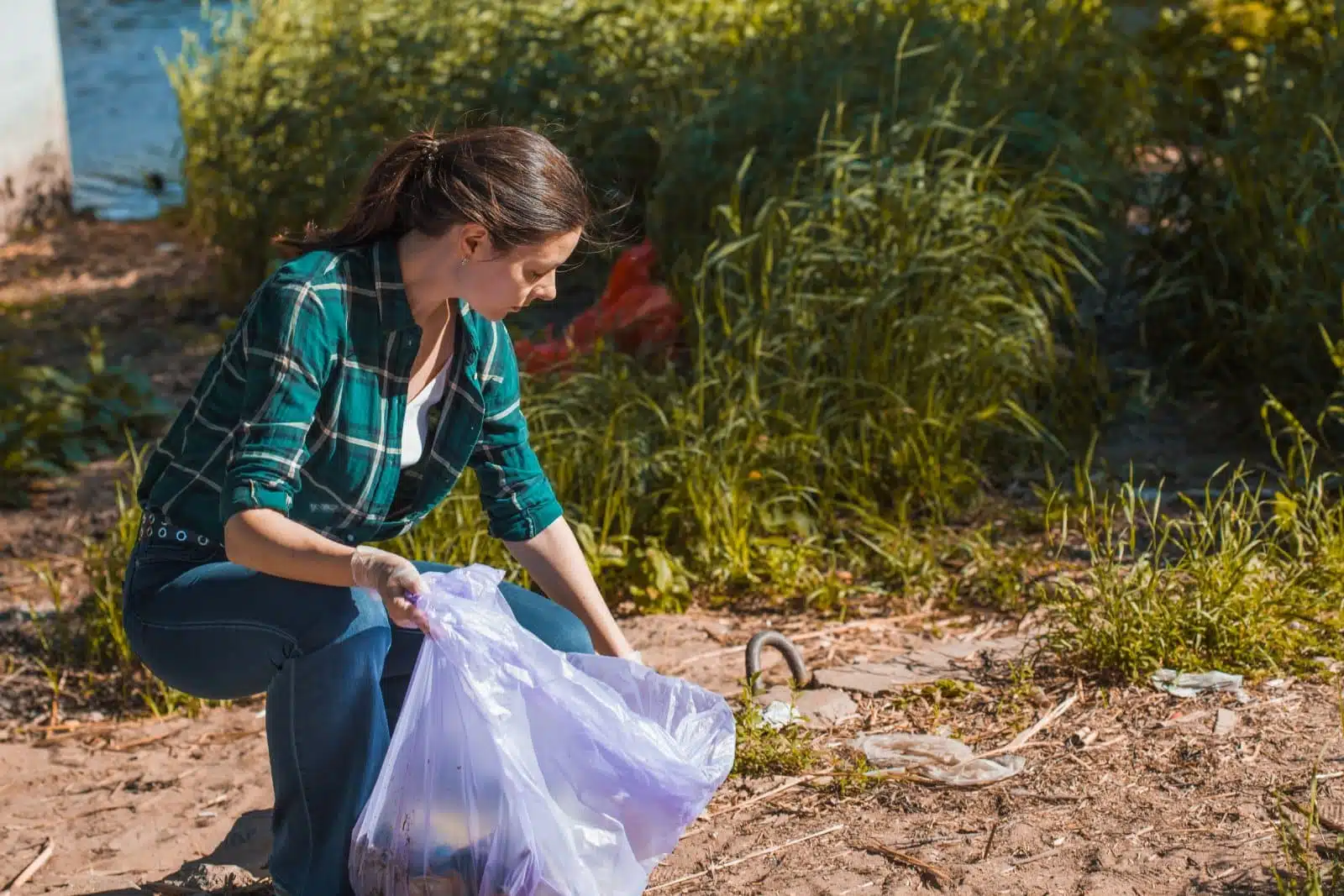Embarking on sustainable travel doesn’t require a hefty budget, nor does it mean sacrificing the richness of your travel experience. In an age where eco-consciousness is paramount, finding affordable and environmentally friendly travel options has become increasingly accessible. From staying in eco-lodges nestled in nature to exploring cities with robust public transportation systems, sustainable budget travel is feasible and rewarding. This guide explores eight key ways travelers can minimize their carbon footprint while maximizing their travel experiences, highlighting destinations and practices that exemplify sustainability principles without breaking the bank.
Sustainable travel aims to reduce the environmental impact of tourism, support local economies, and conserve natural and cultural heritage. It’s about making responsible choices that benefit the planet and its inhabitants. This guide offers practical advice on how to travel sustainably on a budget, covering accommodation, transportation, and activities that align with eco-friendly principles. Whether planning a weekend getaway or a long-term adventure, these tips will help you make decisions that are kind to the earth and your wallet.
1. Eco-Lodges and Green Hostels

Image Credit: Shutterstock / Alena Ozerova
Staying in eco-lodges or green hostels is an excellent way to reduce your environmental impact while traveling. These accommodations often use renewable energy sources, water-saving devices, and sustainable building materials. They also typically support local communities by sourcing food locally and participating in conservation efforts. Many are in stunning natural settings, offering guests unique experiences such as wildlife watching, hiking, and cultural tours promoting environmental awareness.
Insider’s Tip: Look for certifications from reputable organizations like Green Key or the Global Sustainable Tourism Council to ensure the eco-credentials of your accommodation. Booking directly through the lodge or hostel’s website can often result in lower prices and a better chance of securing a spot in the eco-friendly activities they organize.
When to Travel: Traveling during the shoulder seasons (spring and autumn) can offer lower rates and fewer crowds, making it easier to book eco-conscious accommodations.
How to Get There: Research eco-lodges and hostels that are accessible by public transportation to reduce your carbon footprint further.
2. Public Transportation and Bike Sharing

Image Credit: Shutterstock / AnastasiaDudka
Utilizing public transportation and bike-sharing programs is not only budget-friendly but also significantly reduces your travel-related carbon emissions. Many cities worldwide offer extensive metro, bus, and tram networks that provide an efficient and low-cost way to explore. Bike-sharing programs in urban and some rural areas offer a healthy and eco-friendly alternative to car rentals and taxis.
Insider’s Tip: Purchase a travel card or pass if you plan to use public transportation frequently. Many cities offer tourist passes that include unlimited travel for a set number of days and discounts on attractions.
When to Travel: Public transportation and bike-sharing are available year-round, but nicer weather will make biking and walking more enjoyable.
How to Get There: Choose destinations known for their reliable and comprehensive public transport systems or extensive bike paths to maximize your sustainable travel options.
3. Local Markets and Farm-to-Table Dining

Image Credit: Shutterstock / Ground Picture
Supporting local markets and farm-to-table dining experiences reduces your carbon footprint by cutting down on food miles and contributes to the local economy. Local markets offer fresh, seasonal produce directly from farmers, while farm-to-table restaurants focus on sustainability by sourcing ingredients locally and often employing eco-friendly practices in their operations. These dining experiences provide a taste of the local cuisine that’s both authentic and environmentally conscious.
Insider’s Tip: Ask locals for recommendations for the best farm-to-table restaurants and local markets. Many such establishments may not be widely advertised, relying instead on word-of-mouth for their patronage.
When to Travel: Visiting during the local growing season will offer the widest variety of fresh produce and specialty items at markets, enhancing your farm-to-table dining experience.
How to Get There: Local markets and farm-to-table restaurants are usually found in most town centers. Walking or using public transportation to reach these spots further minimizes environmental impact.
4. Volunteering with Environmental Projects

Image Credit: Shutterstock / Trismegist san
Volunteering with environmental projects during your travels can offer a meaningful way to contribute to conservation efforts while immersing yourself in the local culture and natural environment. Many organizations worldwide seek volunteers for projects ranging from wildlife conservation to reforestation and beach clean-ups. This form of travel enriches your experience and ensures that your journey has a positive impact on the planet.
Insider’s Tip: Choose projects and organizations carefully, ensuring they positively impact the environment and local communities. Look for volunteer opportunities that require no or minimal participation fees, as many reputable projects do not charge volunteers excessively.
When to Travel: The best time to volunteer depends on the specific project and its needs. Wildlife conservation projects may have specific seasons; other environmental initiatives might welcome help year-round.
How to Get There: Select projects accessible by public transportation or that provide transportation from a central meeting point to further minimize your carbon footprint.
5. Sustainable Souvenirs and Shopping

Image Credit: Shutterstock / Kochneva Tetyana
Purchasing sustainable souvenirs and engaging in responsible shopping practices are crucial aspects of eco-friendly travel. Opt for products that are locally made and crafted from sustainable or recycled materials, supporting local artisans and reducing the environmental impact of your purchases. Avoid souvenirs made from endangered species or resources, and be mindful of the packaging and overall sustainability of the items you buy.
Insider’s Tip: Research local cooperatives or social enterprises that sell crafts and products; these organizations often return a significant portion of the proceeds to the artisans and their communities, ensuring your purchases support local development.
When to Travel: Local craft fairs and markets are often seasonal, with more products available during peak tourist seasons. However, many artisan shops and cooperatives operate year-round.
How to Get There: Sustainable shopping destinations are typically located in city centers or popular tourist areas, easily reachable by public transport or on foot in most cities.
6. Eco-Friendly Accommodation Certification

Image Credit: Shutterstock / Tursk Aleksandra
Choosing accommodations certified as eco-friendly by recognized global or local environmental organizations can significantly enhance the sustainability of your travel. These certifications ensure that the establishments adhere to strict environmental standards, including energy efficiency, water conservation, and waste reduction. Staying at these accommodations not only supports their eco-friendly practices but also promotes the growth of sustainable tourism.
Insider’s Tip: Look for certifications from organizations such as Green Globe, EarthCheck, or local eco-labels that are reputable in your destination. Booking directly with the accommodation can often provide more detailed information about their sustainability initiatives.
When to Travel: Eco-certified accommodations operate year-round, though booking in advance is recommended, especially during peak travel seasons, to secure your stay at these popular establishments.
How to Get There: Many eco-friendly accommodations are in or near major tourist destinations, making them accessible by public transportation or eco-friendly transport options like bike rentals.
7. Digital Travel Resources and Minimal Impact Practices

Image Credit: Shutterstock / kitzcorner
Embracing digital travel resources instead of physical guidebooks and maps reduces paper waste and ensures you have the most up-to-date information. Apps for transportation, accommodation, and even digital tickets for attractions contribute to a more sustainable travel experience. Adopting minimal impact practices such as carrying a reusable water bottle, avoiding single-use plastics, and practicing Leave No Trace principles in natural areas minimizes your environmental footprint.
Insider’s Tip: Many destinations offer apps specifically designed for tourists, including maps, public transport information, and even discounts for attractions. Downloading these before your trip can save time and resources.
When to Travel: Digital resources and minimal impact practices are applicable year-round and can be adapted to any travel destination.
How to Get There: Using the most efficient and eco-friendly routes available, leveraging digital maps and transportation apps will guide you to your destination.
8. Participating in Local Conservation Efforts

Image Credit: Shutterstock / Chokniti-Studio
Participating in local conservation efforts during travels can provide a deeper connection to the destination and contribute positively to its environmental preservation. Many communities and conservation organizations offer programs for travelers to get involved, whether through educational workshops, guided nature walks that emphasize conservation, or direct participation in conservation projects.
Insider’s Tip: Research local conservation initiatives before your trip and ask how you can participate. Activities like guided bird-watching tours or reef-safe snorkeling excursions can support conservation through education and awareness.
When to Travel: The timing for participating in conservation efforts varies by the project and destination. Some seasonal conservation activities correspond with animal migrations or specific environmental conditions.
How to Get There: Choosing conservation activities and projects accessible by public transportation or that provide their own eco-friendly transport solutions is ideal.
The Bottom Line

Image Credit: Shutterstock / everst
Sustainable travel on a budget is not only possible; it’s a rewarding way to explore the world while respecting and preserving its natural and cultural treasures. By making thoughtful choices about where you stay, how you get around, and how you interact with the environment and local communities, you can positively impact the places you visit. These tips offer a starting point for planning your eco-friendly adventures, encouraging a travel ethos that values conservation, community, and mindfulness. As you embark on your sustainable journey, remember that every small choice contributes to a larger global effort to protect and celebrate our planet’s incredible diversity and beauty.
More From The Green Voyage
12 Best Practices for Sustainable Travel in 2024 – How to Travel With Minimal Environmental Impact
Unlocking Hotel Perks – A Traveler’s Guide to Maximizing Hotel Reward Programs for Optimal Benefits
Travel Hacks for Frequent Flyers – 6 Tips and Tricks to Make the Best of Air Travel
The post Sustainable Travel on a Budget 2024 – 8 Affordable and Eco-Friendly Tips first appeared on The Green Voyage.
Featured Image Credit: Shutterstock / Jacob Lund.
For transparency, this content was partly developed with AI assistance and carefully curated by an experienced editor to be informative and ensure accuracy.
